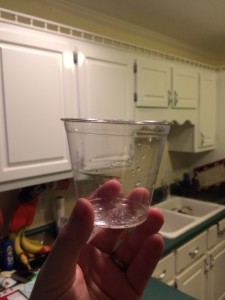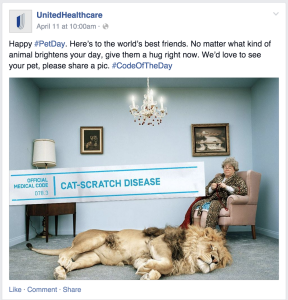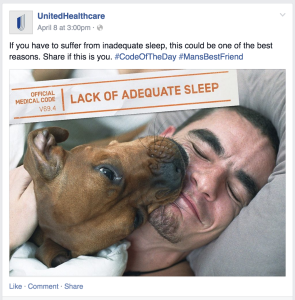Frequently when companies improve their efficiency they end up angering customers because they hurt the customer experience. Today’s blog comes from an experience I had this weekend with a small punch cup at a church function that showed me how a company improved efficiency and didn’t ruin my customer experience.
A big business lesson comes from this small cup:
The beautiful part about this cup is that I did not initially notice the change. I simply picked up the cup and filled it with lemonade, like I had done many times at church events. I only noticed this change after I finished the lemonade and was staring at the cup, wishing there was more lemonade!
Can you see the barely visible line around the halfway point of the cup? That line divides the construction of the cup: a strong upper portion  by which 99%* on customers pick up and hold the cup and a thinner bottom half to conserve plastic. The bottom portion is noticeably thinner but I most likely would not have noticed if I hadn’t lost focus on what was happening!
The company may have saved 1-5%* of the plastic from each cup but when you make millions of these cups every year that is a huge savings! The engineer whose idea this was deserves a raise!
This is a brilliant execution of an idea that has lead to things like extremely thin plastic bags at the grocery store that irritate everyone!
So the question is: how can you improve efficiency without compromising the customer experience?
*I made these estimates up.











